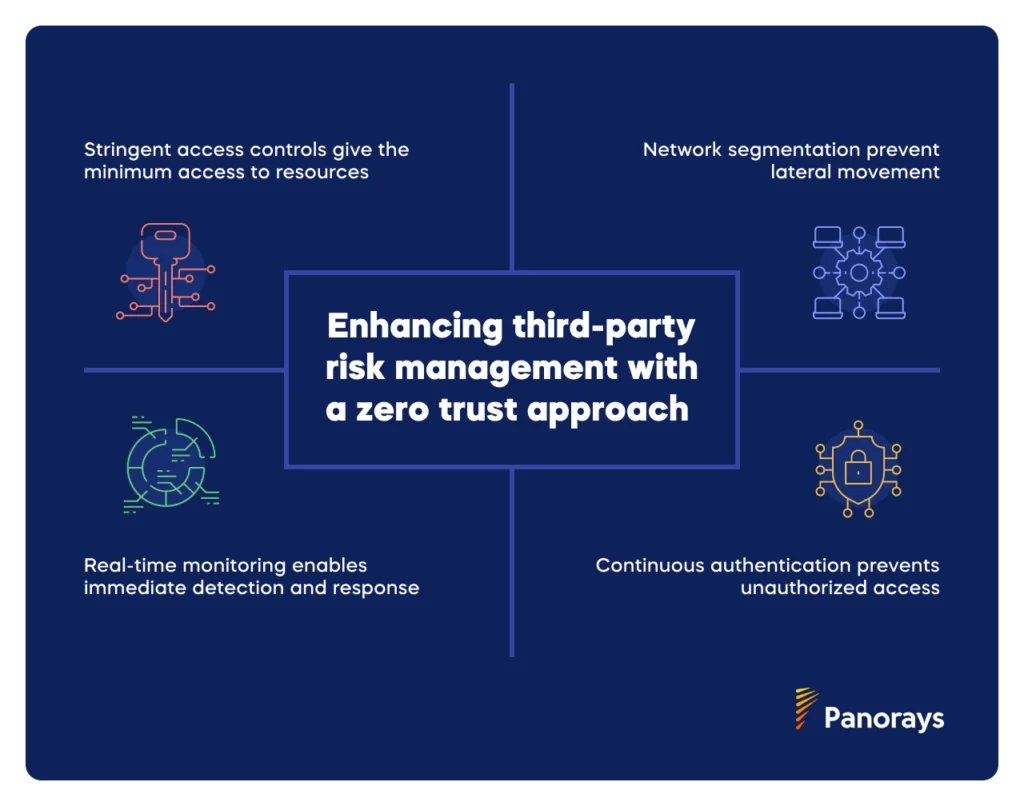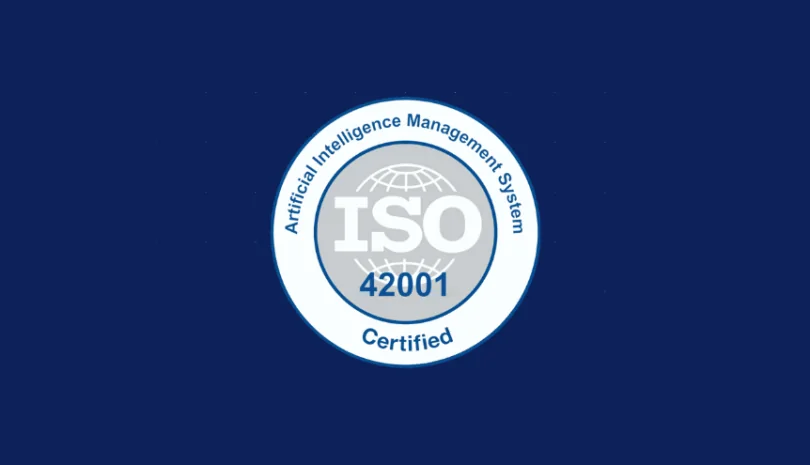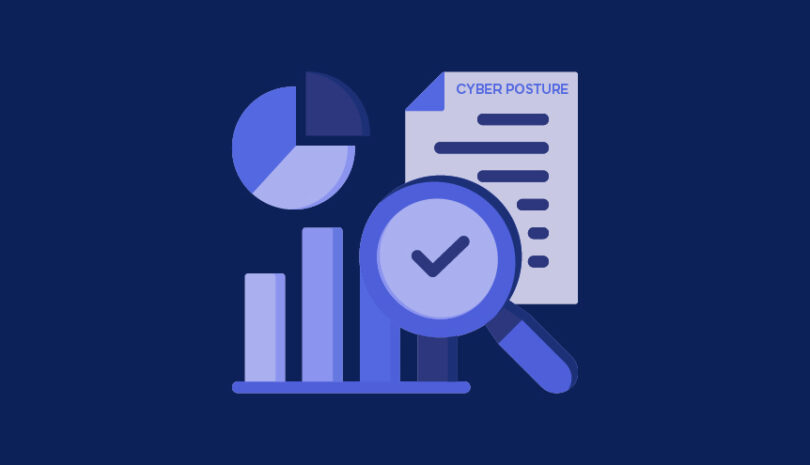Cyber attacks are becoming more frequent, more sophisticated, and more damaging. At the same time, companies are relying more on an expanding ring of third parties for vital services. Security teams need to permit access to critical systems and data, without weakening their defenses or opening up vulnerabilities.
A zero-trust approach offers a solution. This is a strategy based on continuous verification of all users and devices, stringent access controls, and least privilege policies. It synergizes perfectly with robust third-party risk management (TPRM), which emphasizes the need to identify every third party and make careful decisions about the access they receive.
TPRM is vital for modern organizations to minimize the chances of a data breach or disrupted business operations. A combination of TPRM and zero trust ensures that you are aware of third-party risk, and they only receive access to the networks, systems, and data necessary for them to complete their tasks, without increasing your threat exposure.
In this article, we’ll discuss the importance of zero trust for effective third-party risk management, and share advice for implementing it within your organization.
Understanding Zero Trust
Zero trust rests on the core principle that no user, device, or network is to be trusted by default, whether it’s inside or outside the organization. It involves continuous verification, so every user and device has to authenticate its identity and prove that it is authorized to access this area of the network. Access is granted on the principle of least privilege, meaning entities are only given the minimum access necessary to perform their functions.
Unlike traditional, perimeter-based defenses, which focus on defending the network’s boundaries, zero trust doesn’t assume that users or devices that are inside the network are safe. Instead, it requires continuous verification of every access request, applying dynamic, risk-based access controls that help enhance security and limit the risk of a data breach.
Key Third-Party Risks in Today’s Supply Chains
In today’s era of interconnected systems, all it takes is one supplier with poor cybersecurity for malicious actors to enter your systems by the back door. Third-party cybersecurity risk can be extensive, including malware infections, data breaches, and more.
If your third party’s systems go down, you could be unable to continue business operations. If attackers breach a third party, it could give them access to your sensitive data too. Several regulations hold organizations responsible for third-party compliance, so if your vendor or supplier doesn’t meet regulatory requirements, you could face fines or penalties.
Unfortunately, third-party breaches hit the headlines on a regular basis. Solarwinds is infamous as a result of the third-party data breach in 2020. Okta lost customers after repeated breaches that exposed sensitive data, and a third-party breach caused Toyota to suspend production at 14 manufacturing plants.
How a Zero Trust Approach Enhances Third-Party Risk Management

The zero-trust approach improves third-party risk management by minimizing the attack surface and limiting the potential damage from any third-party breach or attack. It achieves this through:
- Stringent access controls that only give third-party entities the minimum necessary access to resources
- Network segmentation that further isolates third-party access to specific areas, reducing the potential impact of a breach.
- Real-time monitoring of third-party activities, enabling immediate detection and response to suspicious behavior.
- Continuous authentication that prevents unauthorized access even if credentials are compromised.
Access Control
Strict access management is a crucial element of zero trust and vital for managing third-party risk. The principle of least privilege means that third parties are only given the permissions they need to perform their specific tasks, and can’t access sensitive data that isn’t relevant to their work.
It needs to go hand in hand with segmentation, which applies separate access controls to each segment of the network. This way, even if someone uses third-party credentials to breach your networks, the data they access will be limited, and they won’t be able to move laterally through your systems.
Continuous Authentication
Continuous authentication makes it harder for malicious actors to infiltrate the network using stolen or forged credentials. It means identities are verified and credentials validated at every interaction, even if the entity logged in many times before through the same device.
This can help prevent access creep, whereby users end up with more access than needed because no one remembered to revoke previous permissions, and stop attackers from exploiting expired or inadequate permissions. Continuous validation makes sure that identities and credentials match your security policies, which acts as a barrier against potential breaches.
Segmentation
Segmentation restricts third parties to areas of your network that are relevant to their role. If a third party is compromised and malicious actors penetrate your network, they’ll be unable to move laterally to critical systems or access broader network resources.
Segmentation is an effective containment strategy that limits your potential attack surface, it restricts the potential damage caused by any third-party breach, and stops attackers from escalating privileges or reaching your vital assets.
Real-Time Monitoring
Monitoring vendor behavior in real-time is an important pillar for TPRM. It allows you to establish a baseline of normal behavior for each vendor, so you can detect anomalous deviations that could indicate a threat. Real-time monitoring also gives you valuable data to use to refine your security policies.
This way, you’ll be able to identify and address suspicious activities before they escalate into significant security incidents. You can temporarily suspend all access permissions for that vendor, for example, which minimizes any attacker’s window of opportunity for exploiting vulnerabilities.
Best Practices for Implementing a Zero Trust Approach for Third-Party Risk Management

The following best practices create a robust framework for implementing zero trust in TPRM:
- The principle of least privilege, granting third parties only the minimal access necessary to perform their tasks;
- Identity and Access Management (IAM) systems that verify identities and control access based on user roles and behaviors;
- Network segmentation and microsegmentation, isolating third-party access to specific segments;
- Data encryption and protection measures to safeguard sensitive information at rest and in transit;
- Continuous risk assessment that regularly evaluates third-party vulnerabilities;
- Automated threat detection systems that provide real-time monitoring and analysis of vendor activities
Establish Least Privilege Access
To set up controls that apply the principle of least privilege to all your third-party access credentials, first assess each vendor’s role and responsibilities. This way, you’ll know which systems and data are truly critical for them to fulfill their obligations to your company.
Then apply role-based access control (RBAC) to streamline permissions management and audits across the organization. Time-bound access controls grant temporary access for specific projects, and then automatically expire after a defined period. You’ll need to regularly review and update your controls so that they reflect any changes in vendor roles or organizational needs.
Use Identity and Access Management (IAM)
Enforcing strong IAM protocols helps ensure that the principle of least privilege is applied consistently. It includes integrating robust identification methods, such as multi-factor authentication (MFA), for all third-party users. This could involve biometric verification, token-based authentication, or requiring the user to enter a code sent through a mobile app.
You should also require users to create complex passwords and change them periodically. It’s best to deploy Single Sign-On (SSO) solutions that simplify secure password management. Update and audit user credentials on a regular basis, and monitor and log all access attempts so you can detect and respond quickly to suspicious activities.
Network Segmentation and Microsegmentation
Separating third-party networks from sensitive areas of your infrastructure is important for preventing attackers from moving laterally if they penetrate your perimeter. Divide the network into distinct segments based on function, sensitivity, and user roles. Then, use VLANs and firewalls to manage these segments and control and monitor traffic between them.
Microsegmentation applies more granular controls within each segment. Design policies that define precise access permissions for individual workloads, applications, and devices. Use SDN and next-generation firewalls to dynamically enforce these policies, and audit and update them to keep them relevant to changing needs.
Data Encryption and Protection
To safeguard the data that you share with your third parties, you’ll need strong encryption and data protection policies. All your sensitive data should be encrypted using protocols like AES-256, whether it’s in transit or at rest.
Make sure that data is only shared using secure communication channels like HTTPS, VPNs, and encrypted email services. Additionally, it’s best to employ data masking and tokenization techniques to protect sensitive data elements. This way, even if someone gets hold of your sensitive data, they won’t be able to read it or use it.
Continuous Risk Assessment
It’s important to regularly re-assess third-party risk levels, prioritize and address high-risk areas promptly, and adjust security controls accordingly. Use automated risk assessment tools and frameworks that evaluate third-party compliance with industry standards and your security policies, together with periodic security audits, vulnerability scans, and penetration tests to identify potential weaknesses.
You’ll need to incorporate real-time monitoring and threat intelligence to stay informed about emerging third-party risks and vulnerabilities, and routinely review and update your risk assessment criteria. You should also maintain open communication with vendors, so they update you about changes to their security posture.
Automated Threat Detection
Keeping on top of emerging threats in today’s fast-paced environment requires automated solutions. Advanced SIEM systems collect data from various sources in real-time, and analyze it to identify deviations from established patterns, which can indicate potential threats or breaches.
It’s best to incorporate automated threat response solutions. These instantly carry out a predefined action like isolating affected systems, blocking suspicious IP addresses, or alerting security teams in response to an anomaly. Your toolbox should include SOAR platforms, to streamline incident response workflows and ensure consistent and rapid handling of security events.
Overcoming Challenges in Adopting a Zero Trust Model
There can be a number of challenges in implementing a zero-trust approach for vendor management. You’ll often encounter resistance from stakeholders who are used to traditional security paradigms. It takes clear communication to convince them about the benefits of a zero-trust approach, together with training and ongoing support.
Another challenge can be the need for cross-functional collaboration between IT, Legal, Compliance, and Procurement departments, so they align on security policies and jointly manage vendor contracts and regulatory compliance. Regular regular meetings and a unified framework for vendor management can help smooth out potential conflicts and facilitate better cooperation.
It’s also necessary to balance vendor convenience with security concerns. Your third parties might want seamless access to systems and data, which conflicts with a zero-trust approach. It’s best to find a balance, with flexible security measures that don’t compromise on protection, and review them on a regular basis.
Successful Zero Trust Approach for Third-Party Risk Management
It might take a little time to fully implement a zero trust approach to TPRM, but the benefits more than makeup for the effort. Strong access controls and identity management, network segmentation, data protection, and continuous monitoring raise your network security. They can prevent malicious actors from accessing your sensitive data or critical systems, helping prevent costly data breaches and harmful disruptions to business services.
Panorays simplifies and amplifies TPRM and helps implement a zero-trust approach. It continuously reassesses vendor risk levels, producing a dynamic Risk DNA score that empowers you to make better decisions about access permissions. The platform constantly monitors third-party activities, delivering immediate alerts when suspicious activity is detected, so you can respond quickly to mitigate any third-party breach and minimize the damage it could cause your business.
Ready to implement zero trust in your third-party risk management? Get a demo of our third-party risk management platform today.
Zero Trust Approach FAQs
-
The main concept of a zero trust approach is to “Never Trust, Always Verify.” It goes along with strict access controls based on the principle of least privilege; microsegmentation to limit lateral movement; continuous monitoring for all network traffic; and dynamic access policies that are adjusted according to real-time risk assessments.
-
An example of zero trust is when a company grants access to third parties to only those systems and data that they need to fulfill their responsibilities. It requires every entity to verify its identity using MFA, and validates permissions before allowing access. It applies network segmentation and monitors network activity in real-time.



